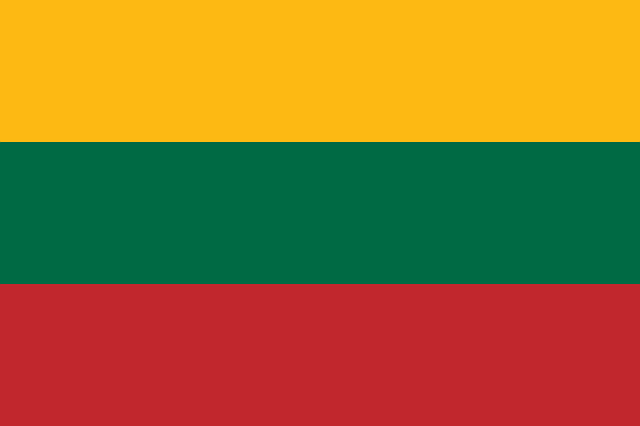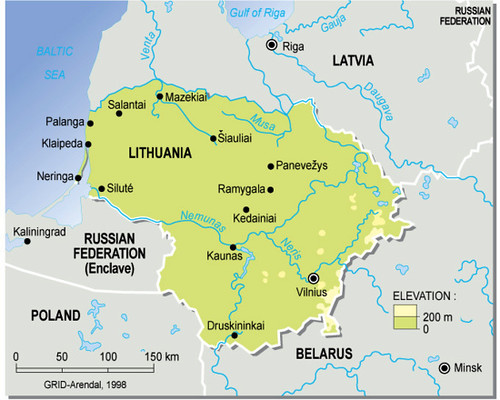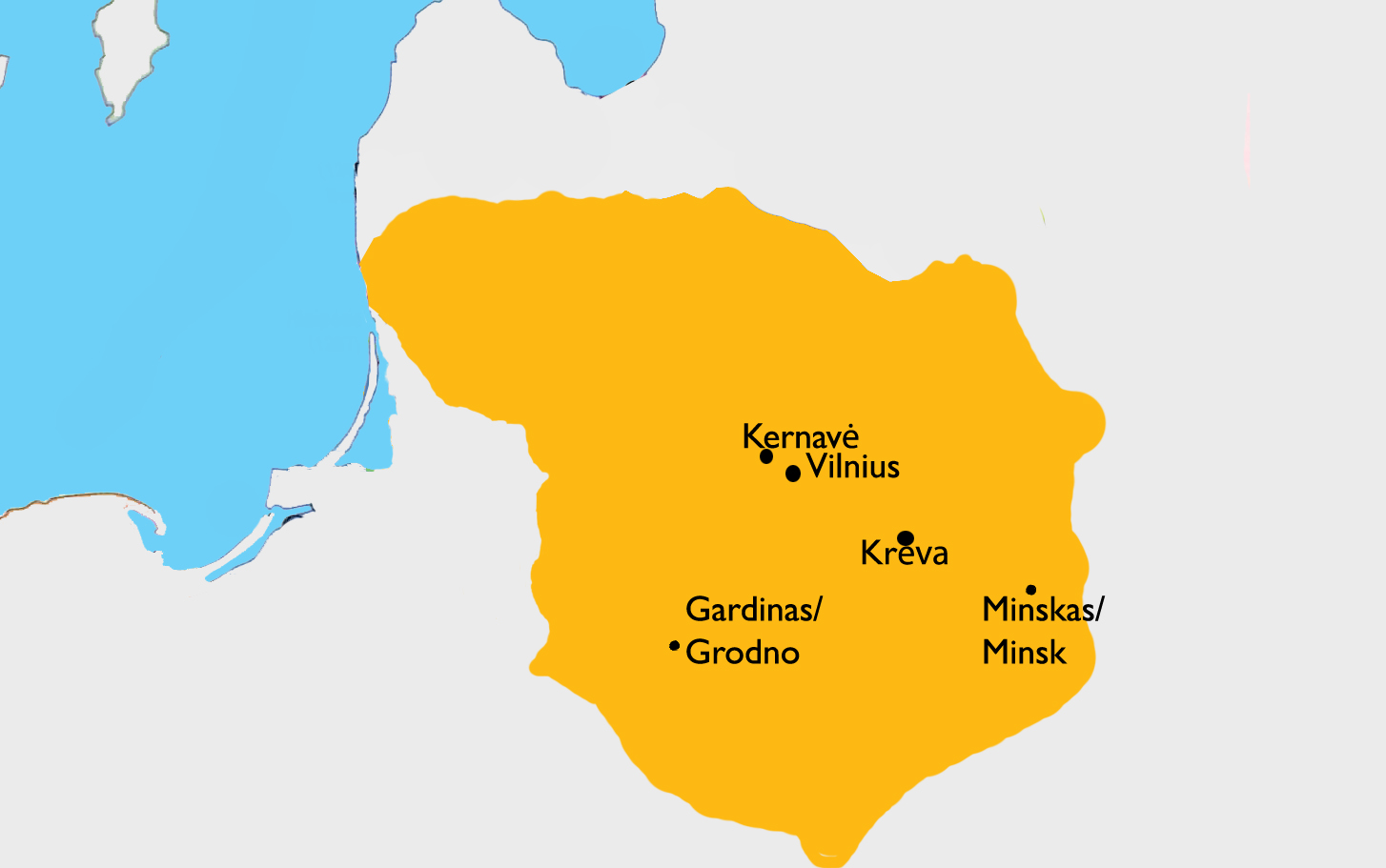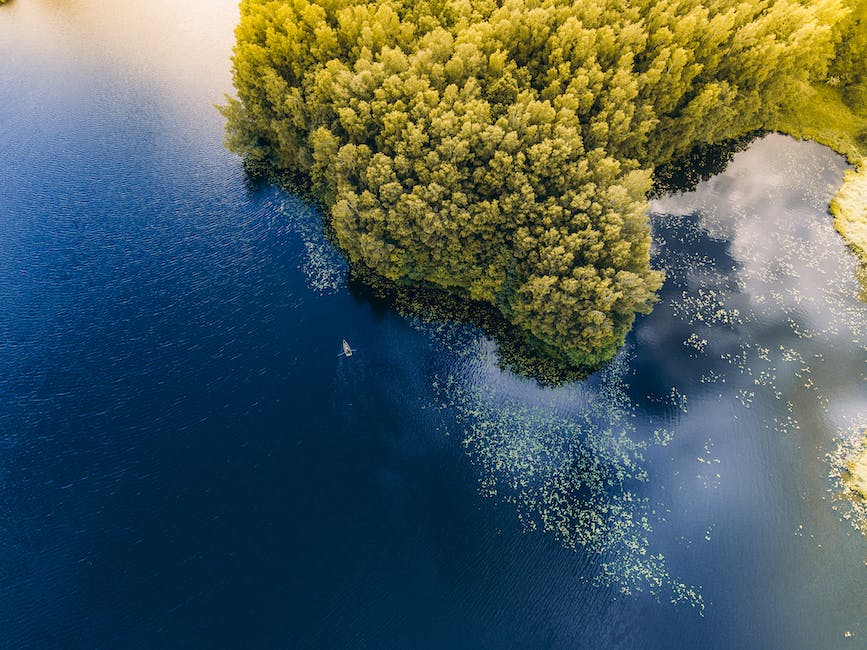In the heart of the Baltics, where a sliver of land stands defiantly between the clutches of Russia and the expansive reaches of Europe, lies a nation whose spirit remains indomitable and etched with the scars of history’s invisible divide. Lithuania, like its Baltic siblings, was once smothered beneath the oppressive shadow of the Iron Curtain, with dreams stifled by the grip of a totalitarian regime. Yet, as the winds of change began to sweep across Eastern Europe, carrying with them the seeds of freedom and independence, Lithuania emerged from the depths of despair, shaking off its chains and taking its first tentative steps towards its long-awaited liberation. This captivating journey, full of triumphs and hardships, is a testament to the unwavering strength of Lithuania’s people, and their relentless fight for self-determination. Join us as we embark on a vivid exploration of “The Iron Curtain’s Last Breath: Lithuania’s Road to Independence,” an extraordinary tale that unfolds amidst the shifting tides of history, as a nation on the cusp of new beginnings confronts its past and forges a future all its own.
A Struggling Nation: Lithuania’s Fight for Independence
The Road to Independence
Lithuania, a small Baltic nation with a rich history, has endured a long and arduous journey in its fight for independence. Struggling against the oppressive rule of foreign powers throughout different periods, Lithuania has always tenaciously clung to its identity and fought for its freedom. One of the significant milestones in Lithuania’s path to independence was the restoration of the country’s sovereignty in 1990, after being part of the Soviet Union for almost five decades. This pivotal event marked a turning point in the nation’s history and set the stage for a future full of challenges.
Challenges Faced
Although Lithuania had gained its independence, the struggles were far from over. The nation faced numerous challenges on its journey towards stability and prosperity. One of the pressing issues was the need to rebuild the economy, which had suffered greatly under Soviet rule. In the face of economic instability and high unemployment rates, Lithuania courageously adopted bold economic reforms, transitioning from a centrally planned to a market-based economy. Another challenge that the nation confronted was the process of reintegrating into the international community, forging diplomatic ties, and establishing itself as a recognized independent state.

The Resilient Spirit of the Lithuanian People: Revival and Hope
Through the trials and tribulations of history, the Lithuanian people have consistently showcased a remarkable spirit of resilience, which has played a crucial role in their ongoing revival and instilled a sense of hope for the future. Despite enduring centuries of foreign domination and suppression, the Lithuanian nation has managed to not only preserve its unique cultural identity but also emerge stronger, embracing its rich heritage and fostering a forward-thinking society.
One of the key factors that have contributed to the resilience of the Lithuanian people is their unwavering dedication to their traditions and language. The Lithuanian language, considered one of the oldest surviving Indo-European languages, stands as a symbol of national pride and unity. Its preservation throughout history has been a testament to the resilience of the Lithuanian spirit, fostering a deep sense of belonging and identity among its speakers. This unbreakable bond has not only fueled the revival of Lithuanian culture, literature, and arts but has also provided a powerful tool for resistance during times of oppression.
- Despite centuries of foreign domination, the Lithuanian people have managed to preserve their unique cultural identity.
- Their dedication to preserving the Lithuanian language has played a crucial role in fostering a sense of national pride and unity.
- The revival of Lithuanian culture, literature, and arts has thrived on the resilient spirit of the Lithuanian people.
The resilience of the Lithuanian people extends beyond cultural aspects. With a strong commitment to progress and innovation, Lithuania has emerged as a thriving hub for technology and entrepreneurship. In recent years, the country has witnessed a remarkable economic growth, attracting international attention and investments. Through their adaptability and determination, Lithuanians have built a modern, prosperous nation, all while cherishing their roots and upholding their values.
In an era of challenges and uncertainties, the indomitable spirit of the Lithuanian people serves as a beacon of hope not only for their own nation but for others facing adversity worldwide. The story of Lithuania is a testament to the power of resilience, proving that even in the face of oppression, a nation’s spirit can endure and ultimately thrive.

Forging the Way Ahead: Key Steps Toward Lithuania’s Independence
As Lithuania embarked on a challenging journey towards independence, numerous key steps were taken that played an instrumental role in shaping the nation’s destiny. These steps represented the unwavering determination and resilience of the Lithuanian people, who united in their pursuit of freedom and self-determination.
The Formation of Sąjūdis: In the late 1980s, a crucial milestone was reached with the establishment of the Sąjūdis movement. This political and social movement emerged as a symbol of change, advocating for Lithuania’s sovereignty and democratic reforms. Through its grassroots efforts and peaceful demonstrations, Sąjūdis ignited a wave of hope and determination among the Lithuanian population, galvanizing them to actively participate in shaping the future of their nation.
The Act of the Re-Establishment of the State of Lithuania: On March 11, 1990, the Supreme Council of Lithuania made a historic decision by unanimously adopting the Act of the Re-Establishment of the State of Lithuania. This bold and resolute declaration marked Lithuania’s formal declaration of independence from the Soviet Union, reinstating its independence after over five decades of occupation. The Act embodied the aspirations and unwavering spirit of the Lithuanian people, who demonstrated their determination to build a free and sovereign country.

Preserving the Legacy: Recommendations for Lithuania’s Future Path
1. Cultivating a Sustainable Economy: In order to ensure a prosperous future, Lithuania should focus on diversifying its economy and reducing its dependence on specific industries. Encouraging entrepreneurship and innovation will foster the growth of small and medium-sized enterprises, creating a vibrant ecosystem that contributes to job creation and economic stability. Additionally, investment in renewable energy sources and sustainable development initiatives will not only stimulate economic growth but also ensure a greener and more environmentally conscious future for Lithuania.
2. Investing in Education and Research: The key to Lithuania’s future success lies in nurturing and empowering its younger generation. Prioritizing investment in education, revamping curriculum, and promoting lifelong learning opportunities will equip individuals with the necessary skills and knowledge to thrive in a rapidly evolving global landscape. Furthermore, bolstering research and development efforts in collaboration with universities and private institutions will drive innovation, attract international talent, and position Lithuania as a hub for cutting-edge technology and scientific advancements.
In Retrospect
As the final echoes of the Iron Curtain’s oppressive grip fade into history, Lithuania emerges as a resilient nation, steadfastly carving its path towards independence. With each step along this arduous road, the Lithuanian spirit burned brightly, illuminating the souls of its people and igniting their unstoppable pursuit of freedom.
From the depths of occupation to the threshold of liberty, Lithuania’s journey was harrowing, to say the least. The scars left by decades of Soviet control ran deep, etching themselves into the very fabric of this proud nation. Yet, Lithuania refused to be defined by its wounds, embracing the undeniable truth that the heart of its identity would forever be intertwined with the spirit of resistance.
A symphony of courage, determination, and unity echoed throughout the land, as the Lithuanian people rallied under the banner of independence. Their voices resonated not only across the vast Baltic landscape but reverberated across the globe, a testament to the unwavering strength of a nation yearning for self-determination.
From the Singing Revolution, where songs became the rallying cry of a striving nation, to the Baltic Way, a human chain stretching across the three Baltic nations, Lithuania’s people showcased an ingenious defiance. They discovered that unity surmounts any obstacle and that their collective resolve could shatter the shackles that had restrained them for far too long.
The winds of change whispered across the Lithuanian horizon, progressively gaining strength and momentum. Leaders emerged, bold visionaries who dared to dream of a Lithuania free from the iron hand of oppression. Steely determination fueled their tireless efforts, forging a path towards a future unfettered by the chains of their past.
And so, on that fateful day, when the final remnants of the Iron Curtain crumbled, the world witnessed Lithuania’s long-awaited rebirth. Like a phoenix rising from the ashes, the nation stood tall, embracing the dawn of a new era. With heads held high and hearts alight with hope, Lithuania stepped onto the world stage as an independent nation once more, with a resounding declaration of liberty.
In this final breath of the Iron Curtain, Lithuania defied the odds, defied its history, and rewrote its destiny. Through resilience, unity, and an unyielding spirit, this Baltic jewel became a beacon of hope, inspiring nations near and far to cherish their freedom and to dare to dream. As the ink dries on this chapter of history, Lithuania’s road to independence stands as a testament to the indomitable strength of the human spirit, forever etched in the annals of triumph over adversity.

